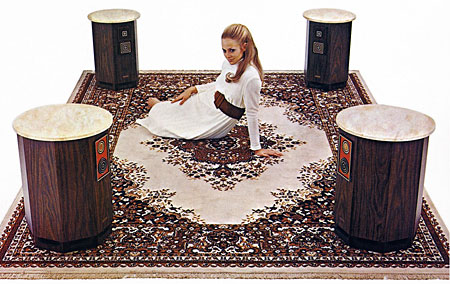
College film major looking for 5.1set/receiver advice
- Read more about College film major looking for 5.1set/receiver advice
- Log in or register to post comments

Hello everyone,
I have found this 6 months used Rega P3-24 with a Elys cartridge at a dealership nearby. He is giving it for $700. Should I grab it? From outside it looks fine. Is there anything I should check to see if the table is in fine shape? Or is it that nothing can go wrong with these and I should go for it. Your help will be greatly appreciated.

Hello
Would someone be kind enough to shed some light on why my Classe CA-201 power amp only gives me the left channel when the room it's in is cold? I can't say for sure exactly what the temperature is, but it's cold enough to want to get the heater on asap! Typically this is first thing in the morning.
If I leave the amp on for ~20 minutes and fire up a little fan heater to help bring the room temperature up to something a little more hospitable, I get both channels.
All About Diffusion is the latest release in our "See and Hear" video lecture series. Most people have no way to hear what diffusors do or how they sound in a room. So this video explains diffusion in plain terms with no math, then lets you hear an acoustic guitar recorded in close proximity to five different surface types - a QRD diffusor, a poly diffusor, absorption, a bare wall, and a typical bookcase. The video is 16x9 wide-screen, and the audio is at 256 kbps for highly accurate sound.
Hey everyone. First post here. I'm a college junior, film major and audiophile, who, at the moment, watches a movie a night (rather excitedly) on my somewhat recently purchased Vizio LCD TV. And while watching my movies with new visual swankiness is a great pleasure, I feel deprived aurally.